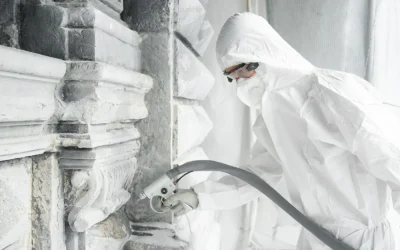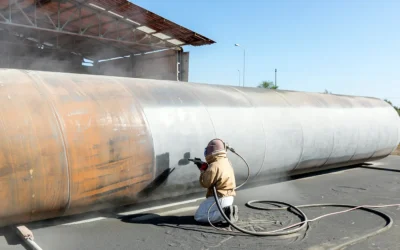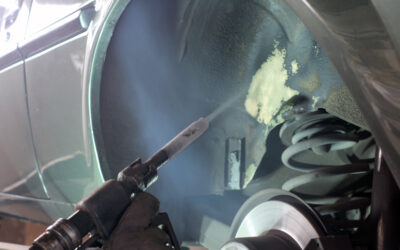Introduction: Insights into Spray Foam Insulation Removal
Spray foam insulation, praised for its insulating capabilities, often comes with a hidden catch—its removal. This article offers insights into spray foam insulation removal, discussing the less-known disadvantages, its impact on mortgages and house sales, and the intricacies of its extraction.

The Downside of Durability: Disadvantages of Spray Foam Insulation
While spray foam insulation is efficient, it presents several disadvantages. Its permanence can be a double-edged sword, making any future alterations or repairs a significant challenge. This highlights the importance of understanding the process of spray foam insulation removal.

Mortgage Dilemmas: The Financial Implications of Spray Foam
The question of whether you can secure a mortgage on a property with spray foam insulation is a pressing concern. Some lenders are wary due to the potential for spray foam to cause moisture issues, leading to a reluctance to approve loans for such properties. This hesitancy stems from the difficulty in assessing the quality of the insulation post-installation and the risks associated with improper application.
Marketability Matters: Why Spray Foam Can Make Homes Unsellable
Spray foam’s reputation for making homes unsellable is linked to the challenges it presents during the home inspection process. Prospective buyers, aware of the removal complexities, might consider such properties a risky investment. Furthermore, the notion of “mis-sold” spray foam has gained traction, leading to increased scrutiny from buyers and surveyors alike.
Reinsulating the Attic: To Foam or Not to Foam?
Replacing attic insulation raises the question: should you opt for spray foam? The decision hinges on several factors, including climate, budget, and personal preferences regarding sustainability and indoor air quality. While spray foam offers a higher R-value, indicating better insulation properties, it’s not without its potential for causing dampness or affecting roof timbers.

Comparing Insulation: Is Traditional Better Than Spray Foam?
When weighing traditional insulation against spray foam, consider the long-term implications. Traditional materials like fiberglass are less expensive, easier to install, and simpler to replace. They don’t adhere to surfaces, which means they can be removed or replaced without specialist equipment.

The Dampness Dilemma: Can Expanding Foam Cause Damp?
A prevalent concern is whether expanding foam can lead to dampness within the home. The answer isn’t straightforward; it depends on the installation quality. Poorly applied spray foam can create a seal too tight, trapping moisture and leading to damp issues over time.
Conclusion: Making Informed Decisions on Insulation
In conclusion, while spray foam offers excellent sealing and insulating properties, the potential for long-term complications cannot be overlooked. Whether it’s the risk of dampness, the impact on mortgage applications, or the challenge of removal, each factor must be carefully considered. Homeowners are encouraged to weigh the pros and cons and consult professionals before making a decision.





